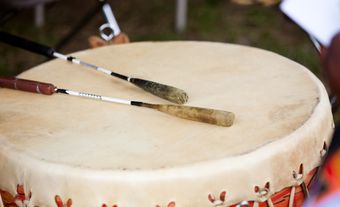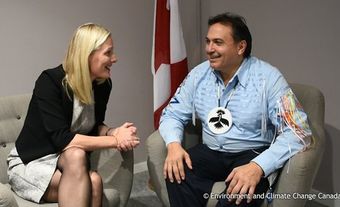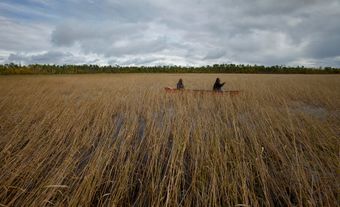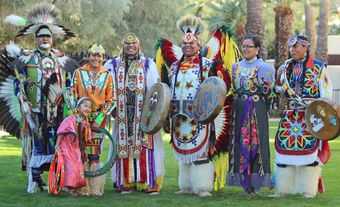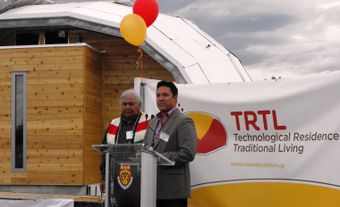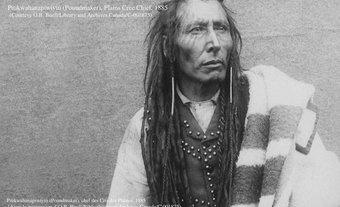The Congress of Aboriginal Peoples (CAP) speaks primarily for Indigenous peoples living off reserve in Canada. In 1993, under the leadership of Jim Sinclair, CAP grew out of a reorganization of the Native Council of Canada (NCC). Since its founding in 1971, the central objective of the NCC, and now CAP, has been to represent the interests of off reserve Status and Non-Status people, Métis and Southern Inuit.
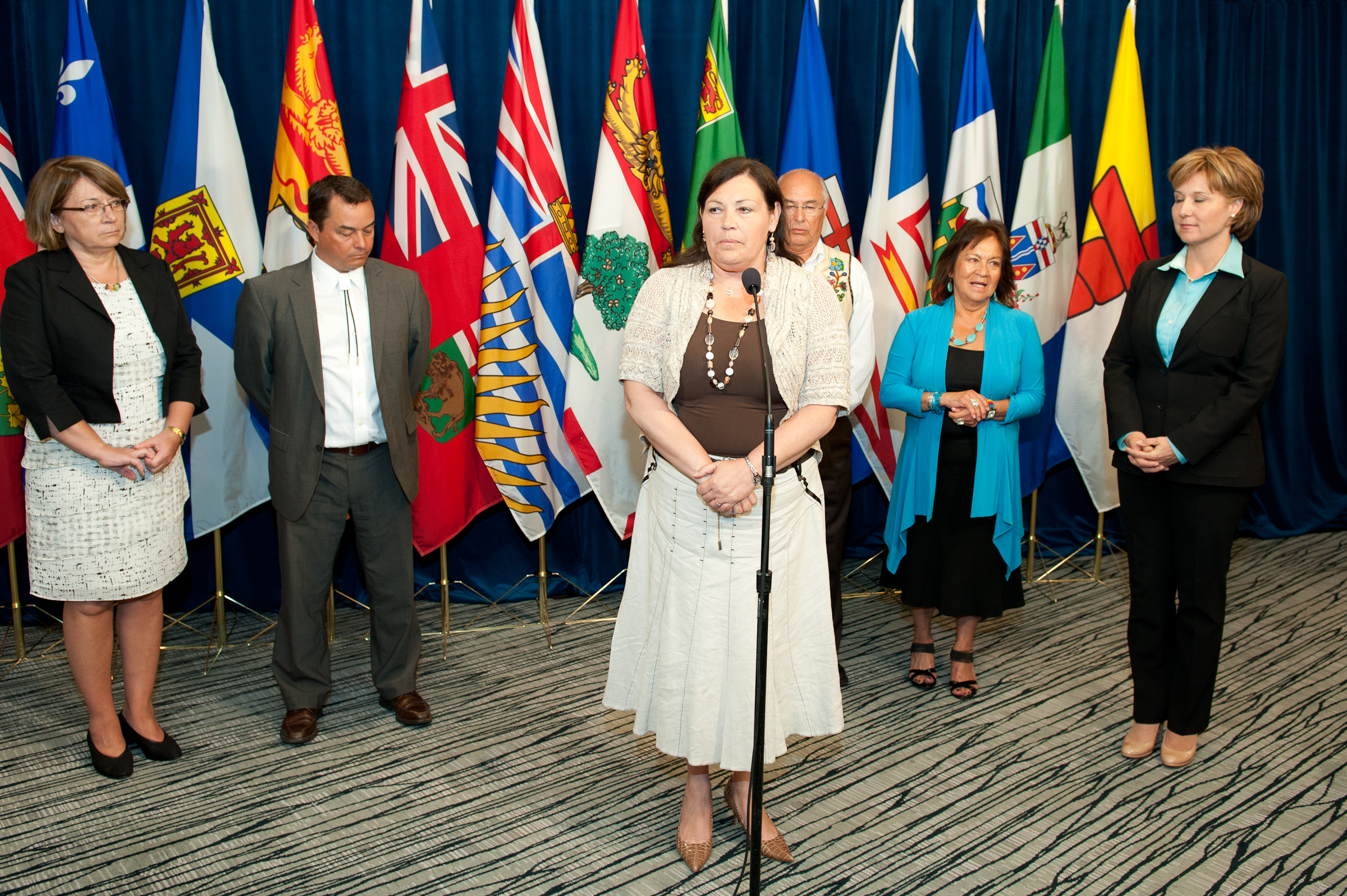
Creation of the Native Council of Canada
In 1961, the National Indian Council (NIC, sometimes referred to as the National Indian Advisory Council) was created with government support as an umbrella group to advocate for the concerns of Status Indians, Métis, and Non-Status people (usually urban or off-reserve Indigenous peoples).
By 1967, it became apparent that pursuing such a wide variety of interests through a single organization that was under government influence was problematic. In addition, there were also different groups with different goals.
The Canadian Métis Society emerged, which, in turn, became the Native Council of Canada (NCC) in 1970. The NCC was composed of provincial and territorial organizations, usually called “native councils” or Métis and Non-Status Indian associations. In 1967, the National Indian Brotherhood (now Assembly of First Nations) was formed (incorporated 1970) to represent Status Indians.
Congress of Aboriginal Peoples is Formed
The Métis National Council emerged in 1983, and served as an alternative voice of Métis nationalism. Additionally, with the 1985 reinstatement of Indian Status to many women and their children who had been forcibly enfranchised, it became necessary for the NCC to redefine its objectives. (See also Women and the Indian Act and Bill C-31).
A year before it was to transform into the Congress of Aboriginal Peoples (CAP), the NCC received federal funding in 1992 to participate in the federal-provincial Conference of First Ministers on the Constitution in Charlottetown. As a result of these talks, the Charlottetown Accord included a proposal to enshrine Indigenous self-government in the Constitution. Ultimately, this proposal – along with the Accord itself – was rejected by the Canadian public in the 1992 referendum. The following year, the NCC became CAP with the intended goal of providing a voice for the rapidly growing urban, Status and Non-Status Indigenous population.
Did You Know?
Harry Daniels, a celebrated Métis politician and activist, was president of the NCC from 1976 to 1981, and of CAP from 1997 to 2000. In 1999, Daniels was at the forefront of them Supreme Court case Daniels v. Canada, which guaranteed that Métis and Non-Status Indians are considered “Indian” under the Constitution Act, 1867.
Current Structure and Interests of CAP
CAP holds an annual assembly that includes 11 provincial and territorial affiliate organizations. It is governed by a board of directors consisting of presidents of the member associations and an executive elected by the assembly.
CAP policy focuses on practical issues facing local Indigenous communities such as health, justice, opportunities for youth, housing and environment. It also has consultative status with the UN’s Economic and Social Council. CAP rests its demands on the affirmation of Indigenous rights in the Constitution. It also seeks a special relationship for Métis and Non-Status Indians with the federal government.

 Share on Facebook
Share on Facebook Share on X
Share on X Share by Email
Share by Email Share on Google Classroom
Share on Google Classroom
